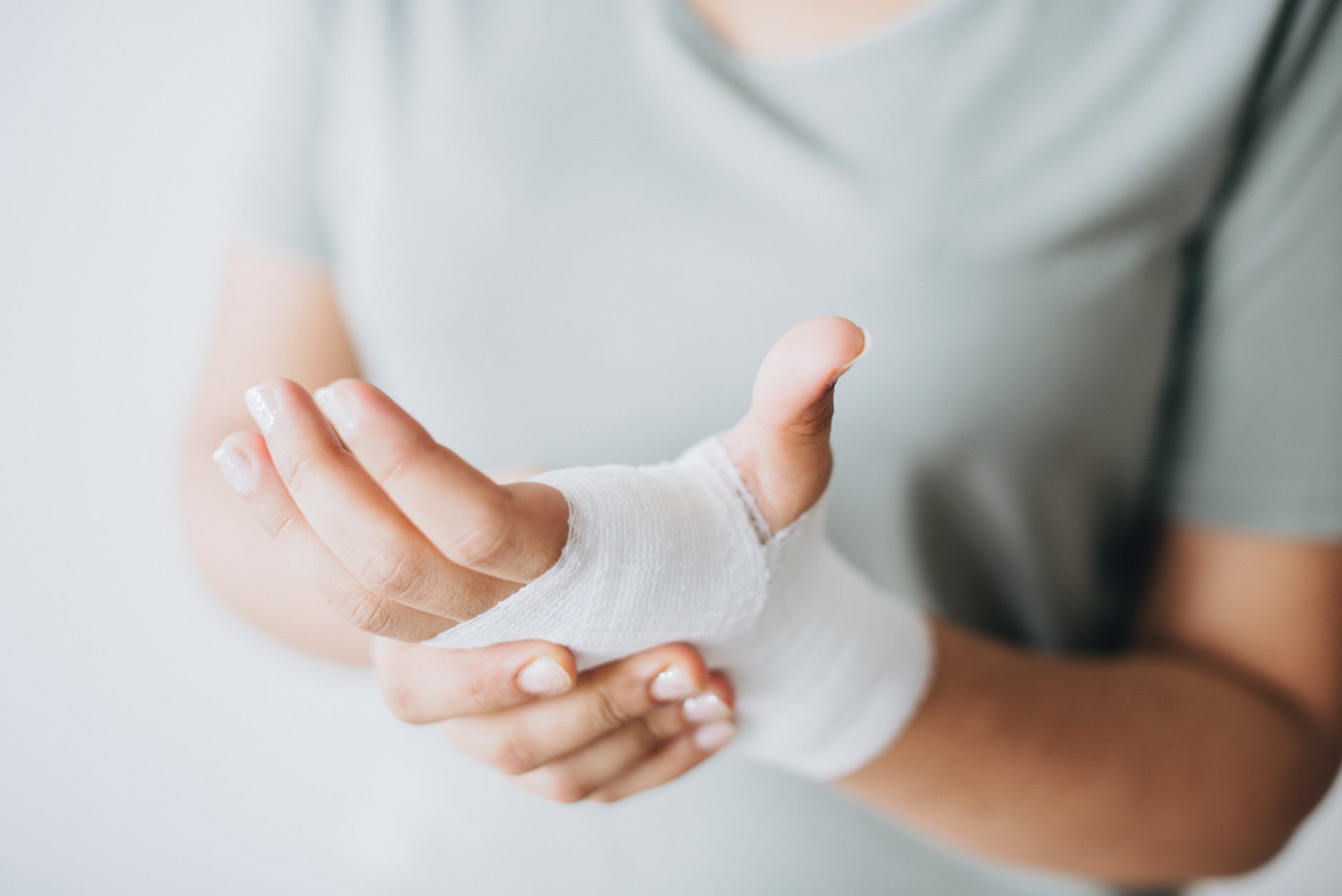Bandaging is a key component to the practice of wound healing and, at large, the practice of medicine. A clay tablet dating back to 2200 BCE referenced what were called the “three healing gestures”: washing wounds, making plasters, and applying bandages. In ancient times, the terms “dressing” and “bandage” could be used interchangeably.
But modern medicine now differentiates dressings as the primary layers in contact with the wound, and bandages in turn as pieces of material that cover wounds and apply pressure to stop bleeding, as well as to affix dressings in place, augment another medical device like a splint, provide support to an aggrieved part of the body, or restrict movement.
Working with bandages is one of the first things you’ll learn if you complete a first aid training course in Perth or in your respective Australian locality. And before you do so, one bit of knowledge you should carry with you is that bandages come in different shapes, sizes, and materials. Different parts of the body require different widths of bandage in order to facilitate a quick and uneventful healing process.
As such, here’s a primer on three common bandage types. Read on to learn what sets them apart—and pluck up the courage to be an expert at bandaging wounds or sprains.
The Different Types of Bandage
Bandages go beyond the small, elastic, and adhesive variety, e.g. the Band-Aid. The three types of bandage that you should be acquainted with are roller bandages, tubular bandages, and triangular bandages. They are common to clinics, first aid stations, and emergency kits.
As their name implies, roller bandages are long surgical bandages that come in a rolled-up form. They are meant to be rolled out and wrapped around an affected body part. These bandages are typically manufactured in an open-weave fashion, thus allowing for a wound to breathe. Their elasticity also allows for them to naturally follow the shape of a limb or appendage, but without applying undue pressure or cutting off circulation. On their own or paired with splints, these are the ideal bandages for securing wound dressings or wrapping sprains and other soft-tissue injuries.
Tubular bandages follow a seamless fabric tube shape and are typically made out of cotton or disposable paper. The unique tube shape is meant to accommodate fingers and toes, which are otherwise difficult to apply gauze bandages on. They can also be pulled over elbows or knees, two parts of the body that bend often. Tubular bandages are best for holding dressings in place over these hard-to-reach areas.
Lastly, triangular bandages are broad triangle-shaped cotton or paper bandages with a variety of uses. They can secure dressings in place, be folded over and wrapped to support sprained wrists, or unfolded and tied around the neck in sling form.
Application Matters
It’s important to choose the right bandage for the occasion—and, consequently, to have the different bandage types available in your home, workplace, or portable emergency kit for immediate use. As the saying goes, you cannot apply the bandage before the bruise; one type of bandage won’t necessarily be an effective substitute for another.
As far as application tips go, here are some valuable ones for would-be first aiders:
- Apply the bandages firmly but not too tightly. You can check the injured person’s circulation by gently pressing on their skin until it turns pale; if their skin doesn’t turn back to its original colour in the next few seconds, you may need to loosen the bandage.
- Watch out for any imminent swelling, as some injuries can swell up soon after being bandaged. Adjust the bandage accordingly.
- Secure the ends of the bandage with a stable knot, folding the sides before you tie them. You may also use a safety pin or a bandage clip.
- Prioritise the comfort of the person you’re bandaging. Ask them if they’re all right, and let them know that they’re well on the way to healing from their injury.
Coupled with some additional knowledge from your doctors, nurses, and first aid trainers, these points of action will go a long way. With the right techniques, the right bandage can be a great help in promoting a person’s comfort and healing.
*This article is for informational purposes only and does constitute, replace, or qualify as RPL for our first aid training courses.











